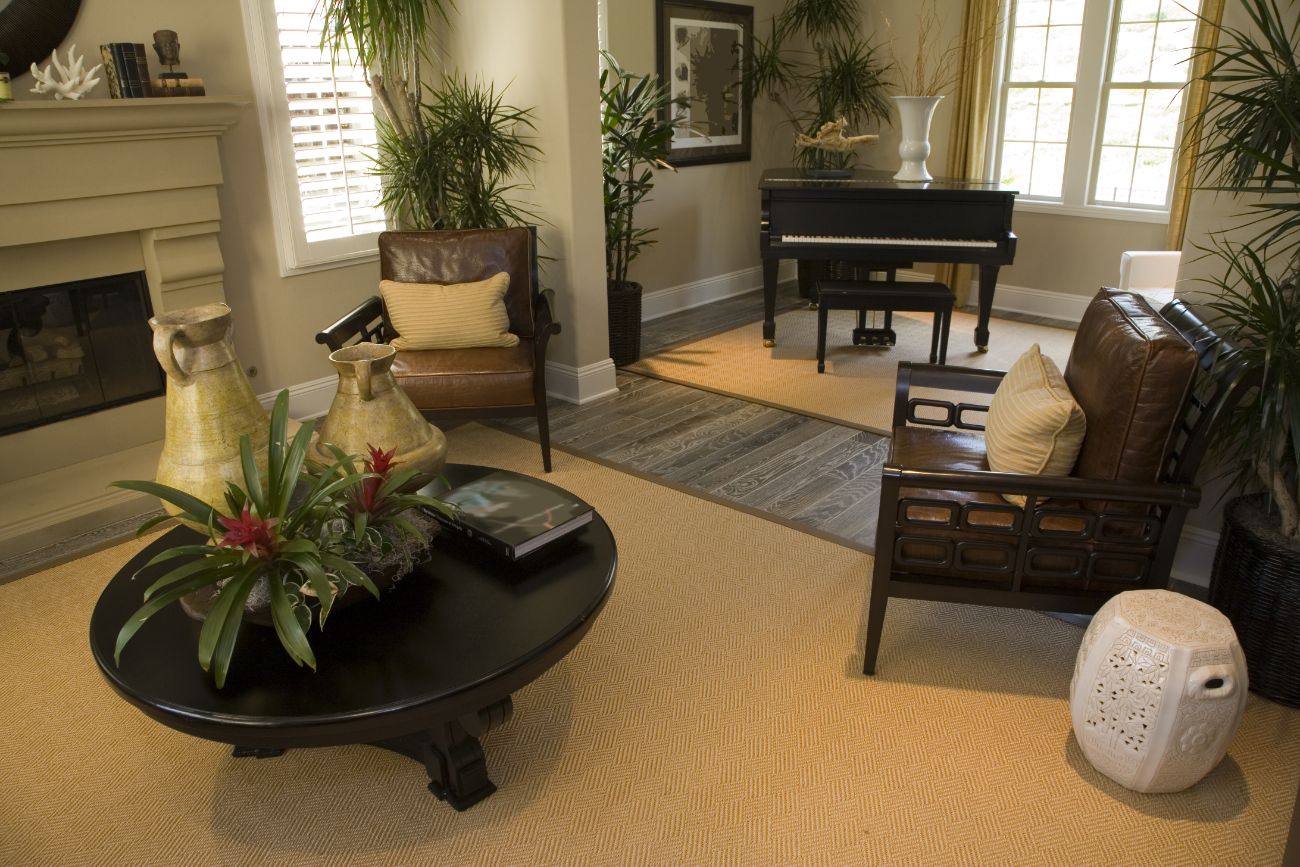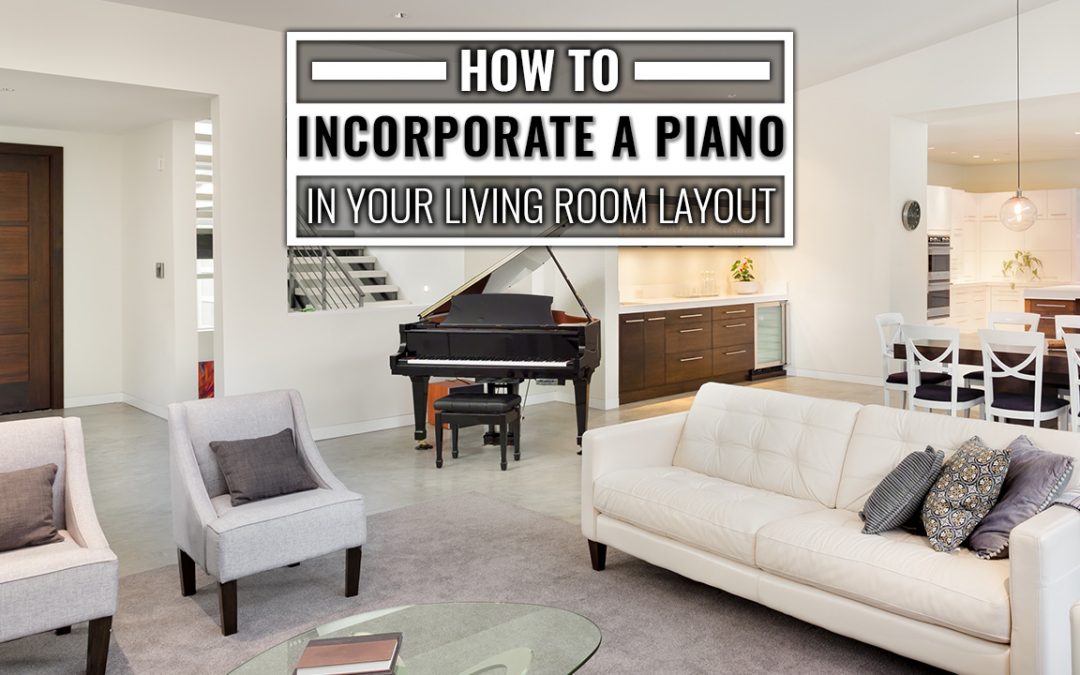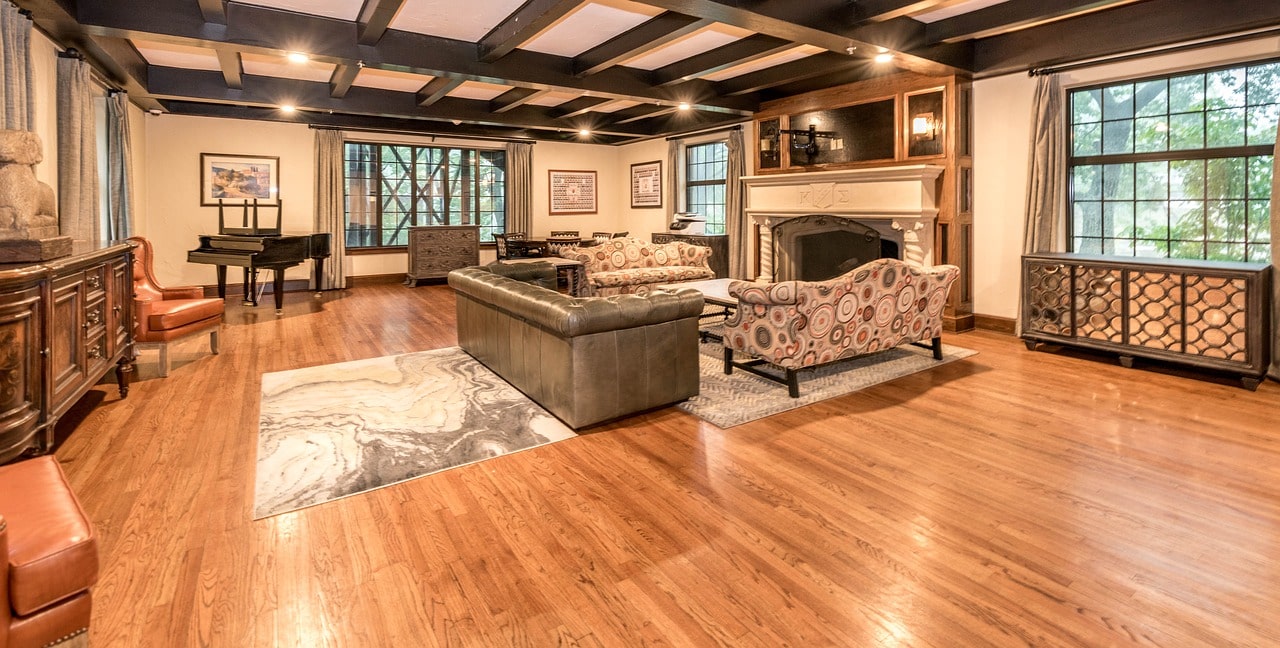Owning a piano is a dream for many families, but one that comes with its own unique challenges. Seeing a piano in a sales space with other pieces might trick the eyes into not realizing quite how large this piece of high-end furniture actually is and the impact that it will have on in the living room.
Unless you have an overly large room, simply shifting items around a bit may not be enough to provide you with enough space that you would need for your piano to rest comfortably. Plus, there are additional considerations for pianos, such as the climate within your home and the accessibility of the piano for regular maintenance and cleaning.
Here are suggestions for successfully incorporating a piano in your living room.
Finding the Ideal Climate for Your Piano
Pianos can be a bit delicate, with an overabundance of sunlight, heat or moisture causing an imbalance in the delicate systems that cause lovely music instead of discordant notes.
A piano is an investment that includes an ongoing commitment to having your piano tuned to keep everything sounding strong and lovely. Keep these items in mind when building a living room around your piano:
- Keep pianos away from fireplaces or other direct sources of significant heat
- Reduce the sun exposure on your piano as much as possible
- Look for ways to maintain a consistent humidity within the area
Moisture is a particular problem for pianos, as excess humidity will cause your piano to swell and warp over time. Excessive dryness is also a problem, as it can force cracks in your piano. Keeping the humidity levels consistent within your home will ensure that you have plenty of time to enjoy your piano in the future.
Select a Complimentary Style for Your Room
If you are set on having a baby grand, shiny black piano, you may not be happy incorporating this contemporary and timeless look into a farmhouse-retro home. Conversely, the aged look of an older piano may not be the best fit for a more modern home. Consider how the piano design will mesh with the overall look and feel of your home or you risk a jarring feeling when you and your guests walk into your living room.
Pianos come in a wide range of styles and shapes, making them an extremely versatile option for your home as well as adding a pleasing music component and conversation piece. Piano room acoustics can also be difficult, so adding a rug is a great idea to help reduce the reverberations in your space.
Finding the Right Type of Piano
Most people think of two main types of pianos: vertical pianos and grand pianos, but there are many other sub-types that could work well for your home. The most modest vertical piano is known as a spinet and is popular for smaller living spaces, while the largest vertical pianos as studio or full size – also known as professional pianos.
These can range up to 60” in height and take up a significant amount of real estate in your home. All vertical pianos are approximately 58” in width, but the height and depth can vary dramatically.
Grand pianos also come in a range of sizes from the small-yet-powerful petite grand to a parlor grand and ultimately the concert grand. Concert grand pianos are extremely powerful and would likely overpower all but the very largest of rooms, while a baby grand or parlor grand would be an excellent choice for many homeowners who prefer the form-factor of a grand piano.
Knowing what size piano will fit in your home as you shop for pianos will ultimately set you up for success when determining your living room layout.
Decorating Around Your Piano
Your piano will likely become a focal point of the room, as this imposing piece of furniture instantly pulls the eyes. Decorating around your piano begins with recognizing that anything you put together will need to mesh well with the piano. The color and design of your piano may dictate what you can put together in the room, such as other pieces of furniture or even particular items of artwork.
Many families choose to make this stunning centerpiece a way to highlight special images of children or other special occasions such as weddings or memorable vacation spots by hanging them on the walls surrounding the instrument. Your imagination is the limit when it comes to incorporating your piano into the room.
One way to help meld your piano into the rest of the room is to utilize flooring to help the eyes with the flow of energy. A large area rug that connects your piano with the remaining space often helps pull the look together when you may not have an exact match in décor.
Spotlight the Beauty of Your Piano
Lighting is also a crucial part of your interior décor, and you’ll want to be sure that your piano doesn’t feel left out when you’re designing this vital piece of your living room.
If someone will be playing your piano on a regular basis, a floor lamp or other dedicated lighting may be the way to go. Direct light on an overly shiny piano may cause glares that could be problematic, so a soft light may be a better way to illuminate the space.

Getting Your Piano Into Your New Space
Protecting your piano investment starts with ensuring that you maintain a consistent level of humidity and protect your piano from quick changes in weather as much as possible, especially when moving into a new home.
At West Coast Piano Moving and Storage, we understand how to work with pianos and can ensure that your piano reaches its ultimate location safely. We can also store your piano at our climate-controlled facility until it’s ready to go in your new living room.
Contact us today at 503-234-2226 in Portland or 253-277-1397 in Seattle for a quick piano moving estimate that you can trust.


